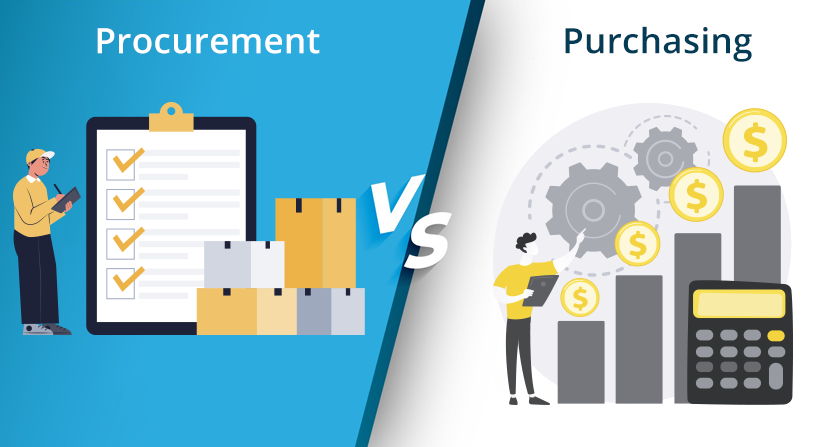As a manufacturer, timely delivery of goods to customers is crucial for business success. Meeting delivery deadlines helps maintain customer satisfaction and repeat business, while poor delivery performance can lead to lost customers and a damaged reputation. Below are seven steps on how to improve delivery performance:
1. Streamline internal processes for greater efficiency
Internal processes can slow down delivery times if they are not efficient. Manufacturers should evaluate their processes, eliminate unnecessary steps, automate repetitive tasks, and utilize technology to streamline operations. This includes optimizing production schedules, reducing lead times, and improving inventory management. Manufacturers can improve delivery efficiency and meet customer expectations by streamlining internal processes.
2. Improve communication in the warehouse
Communication is critical to ensuring that items are picked and packed promptly. Therefore, manufacturers should provide clear communication channels between warehouse staff, such as walkie-talkies or other communication tools. They should also ensure that staff is well-trained and able to understand and follow instructions quickly and accurately. This will help reduce errors, increase productivity, and improve on-time delivery.
3. Keep things neat and organized
A disorganized warehouse can delay finding and picking items, slowing delivery times. Manufacturers should keep their warehouses organized and tidy, with clear labels and signage to help staff navigate the space. This includes regularly tidying up the warehouse and ensuring all items are stored in their designated locations. By maintaining an organized warehouse, manufacturers can reduce the time it takes to find and pack items, improving delivery performance.
4. Have a list of alternative couriers
Even the best courier companies can experience delays or capacity issues, so manufacturers must have a list of alternative couriers to call upon when needed. By having a backup plan, manufacturers can ensure that they can always fulfill customer orders, even in the face of unforeseen challenges.
5. Exchange data with suppliers through EDI
Electronic Data Interchange (EDI) is a system for exchanging business documents electronically between different companies. By implementing EDI, manufacturers can streamline the ordering process and reduce suppliers’ time to fulfill orders. This can lead to faster delivery times, as suppliers are better equipped to respond quickly to orders and deliver products promptly.
6. Make connections in destination countries
Manufacturers should connect with local shipping companies and customs agents in destination countries to improve their delivery performance. Local partners can provide valuable insights into their country’s customs and shipping regulations and recommend the best shipping companies for that region. This can help manufacturers avoid common pitfalls and delays, leading to smoother and faster deliveries.
7. Keep customers informed
Customers appreciate transparency when it comes to their orders. Manufacturers should keep customers notified of the status of their deliveries, including any delays or issues that may arise. This can help manage customer expectations and prevent surprises. It also allows manufacturers to address problems and maintain positive customer relationships.
ERP software improves the quality and timeliness of deliveries
Many manufacturers turn to an enterprise resource planning (ERP) system to help them streamline processes, automate manual tasks, improve collaboration among staff, and have better management over the entire organization, including sales, production, warehouse(s), supply chain, and inventory to increase on-time deliveries. It also offers quality management to ensure that supplies received and products produced meet industry and regulatory standards. ERP software provides many advantages to keep manufacturing businesses operating efficiently to compete better and grow faster. Learn more about how ERP benefits manufacturers.
Follow Us










